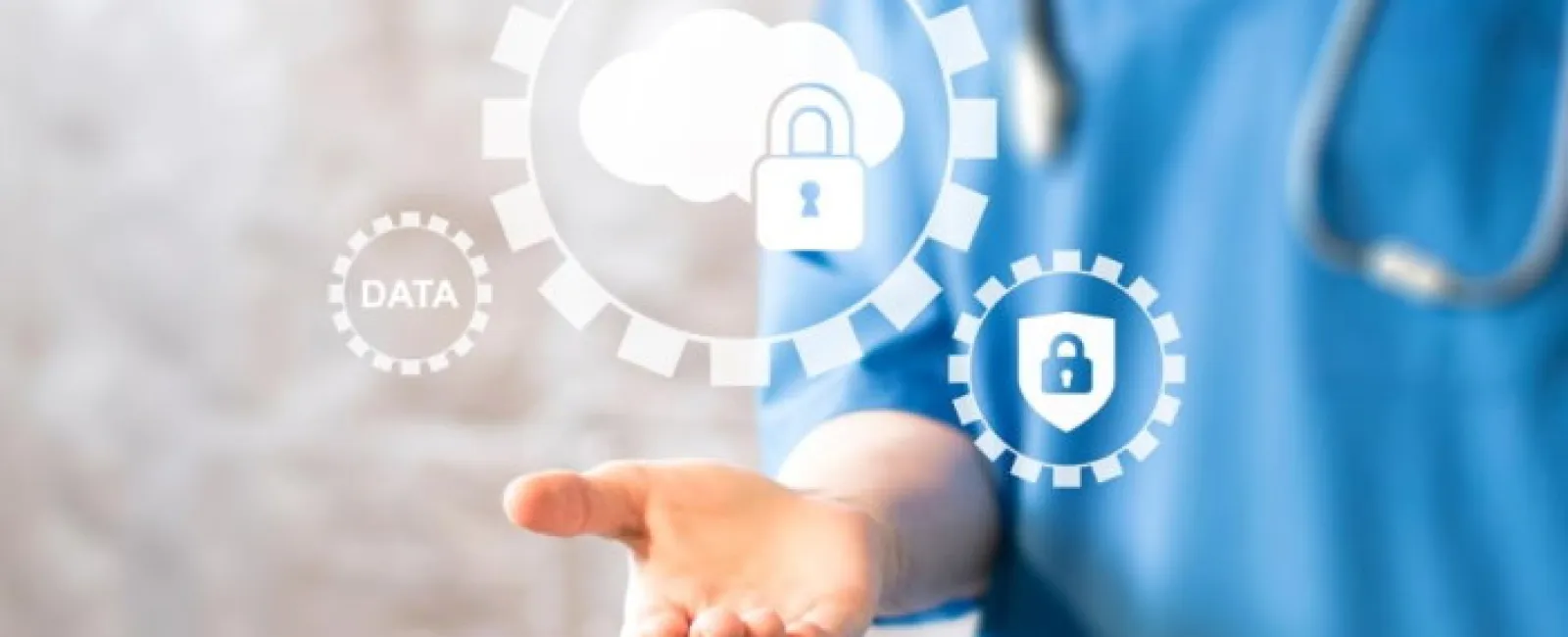Digital technology plays a critical role in delivering improved patient care outcomes. The rise of digital technology in healthcare also comes with an increasing number of security threats and risks. For healthcare organizations that rely on these technologies, it is a delicate balance between using them to improve diagnosis and treatment plans and protecting privacy and security. Conducting a security risk analysis in healthcare can overcome any of these challenges so you can optimize its benefits.
What Makes Healthcare a Security Target?
There is a paradox in using technology to improve patient care and handling of patient information. It improves privacy and access to patient information yet it puts them at risk at the same time. The size of the organization is directly proportional to the amount of threat and the possibility it will be targeted by cybercriminals.
But why is it that they want to target the medical and healthcare industry? Here are some possible reasons why it is an obvious target:
Nearly everyone sees a medical provider at different points in their lives, which means cybercriminals can access a large scope of personal information.
The patient health information is highly detailed and often includes financial information.
The patient health information is shared across a network of healthcare providers. The hackers can easily target any one of these access points within that network. Any weak points enable criminals to access patient information.
The criminals have two options after they access the confidential patient information: for their own use or to sell to third parties. For example, another person's identity to access credit cards or other financial information could be stolen. Some cybercriminals can also directly attack the organization by asking for a ransom in exchange for the release of the patient database.
Regardless of the intent of the criminal for infiltrating the healthcare system to access confidential information, the best course of action is to prevent it.
Common Security Issues in Healthcare
A security risk analysis is the first step to ensure that patients' data is not at risk. The security analysis will enable you to identify potential security breaches, which can take place in any of the following areas.
1. Staff
This might be surprising to you but employees are typically the source of the security breach in a healthcare setting. Employees are the ones with direct access to patient health information, which is why they are targeted to obtain sensitive information.
Even if the staff might not intentionally disclose the information, a lack of knowledge of the security policies and guidelines can make them inadvertently do so. For example, a healthcare worker might speak with a relative or family member of a patient and disclose that patient's medical information or treatment plan without proper authorization. Some members of staff in healthcare organizations have been penalized for posting patient medical information to social media or passing it to co-workers.

2. Third-Party Vendors
Healthcare organizations work with business associates and third-party vendors when providing services to their patients. A common example of this is when hospitals partner with health insurance providers. An exchange of information is facilitated between these two organizations regarding a patient's insurance policy to cover the payment of the medical procedure or treatment.
In this process, the third-party vendor accesses the patient's information to facilitate the insurance payment. Unless the insurance company employs the same level of security policies as your organization does, the patient information could be at risk once it enters the insurance company's database.
When working with third-party vendors, it is critical to perform a risk assessment. You must also diligently evaluate their security policies, especially when preventing IT threats. The goal is to ensure that your patient's information is protected during the exchange. Make sure that the vendors are also HIPAA compliant.
3. Devices
The devices used for storing, managing, processing, and sharing patient health information could be the point of entry for security risks in healthcare. The computers used in the healthcare environment must be properly encrypted to prevent unwanted access to confidential data. Make sure you have a dedicated IT team to install a firewall and other security measures that protect valuable data.
If you allow your members of staff to use personal devices, such as their laptops or smartphones, at work, make sure that these devices are also compliant with your security measures. Allowing the use of personal devices poses a huge security risk because they do not have the same level of protection as your work computers do. At the same time, they could be easily stolen or lost. When this happens, the health information of patients is at risk.

Address Issues with Security Risk Analysis in Healthcare
Security risk analysis allows you to pinpoint where the gaps exist in your security system. Whether it's the staff or the devices you use, you can develop remediation plans to lower the risk or mitigate the impact of such attacks.
Without a security risk analysis, you have no insight into where your threats are coming from and the method of attack. You need security risk experts to perform the analysis so that it can be done accurately and efficiently.
So, what do you do once you have performed the security risk analysis in healthcare? The first step is to educate your employees. As mentioned above, they are the ones who have immediate access to patient health information. Therefore, they must fully understand the best security practices to observe and spot potential risks or threats.
The next step is to establish security procedures that will prevent cyber threats from gaining access to your database. For example, you must strictly impose the use of only approved devices in the access of patient data to ensure they are protected by the security measures in place in your network.
It is also recommended that you conduct regular software updates to stregthen the security measures for your devices, making them less vulnerable to attacks. There must also be safety protocols in place for the disposal of hardware and other devices that contain sensitive healthcare information.

